The earliest record of African and Native American contact occurred in April 1502, when Spanish explorers brought an African slave with them and encountered a band.
Native Americans interacted with enslaved Africans and African Americans in every way possible. In the early colonial days, Native Americans were enslaved along with Africans, and both often worked with European indentured laborers. “They worked together, lived together in communal quarters, produced collective recipes for food, shared herbal remedies, myths and legends, and in the end they intermarried.” Because both races were non-Christian, Europeans considered them other and inferior to Europeans. They worked to make enemies of the two groups. In some areas, Native Americans began to slowly absorb white culture.
Benjamin Hawkins, Superintendent of the tribes south of the Ohio River from the late eighteenth century through the early nineteenth, encouraged the major Southeast tribes to adopt chattel slavery in order to have labor for plantations and large-scale agricultural production, as part of their assimilation of European-American ways. The Five Civilized Tribes adopted some practices which they saw as beneficial; they were working to get along with the Americans and to keep their territory. The Cherokee was the tribe that held the most slaves. In 1809, they held nearly 600 enslaved blacks. This number increased to almost 1,600 in 1835, and to around 4,000 by 1860, after they had removed to Indian Territory. Cherokee populations for these dates are: 12,400 in 1809;, 16,400 in 1835; and 21,000 in 1860. The proportion of Cherokee families who owned slaves did not exceed ten percent, and was comparable to the percentage among white families across the South, where a slaveholding elite owned most of the laborers. In the 1835 census, only eight percent of Cherokee households contained slaves, and only three Cherokee owned more than 50 slaves. Joseph Vann had the most, owning 110 like other major planters. Of the Cherokee who owned slaves, 83 percent held fewer than 10 slaves. Of the slave-owning families, 78 percent claimed some white ancestry.






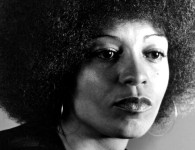

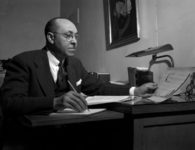
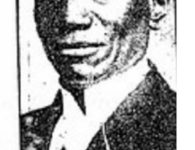
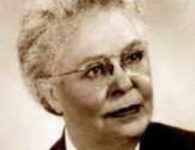

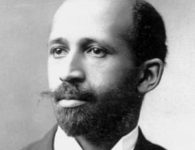

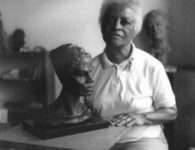

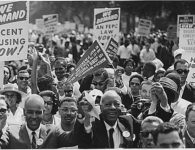

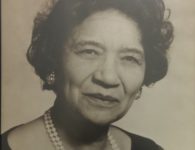


No comments